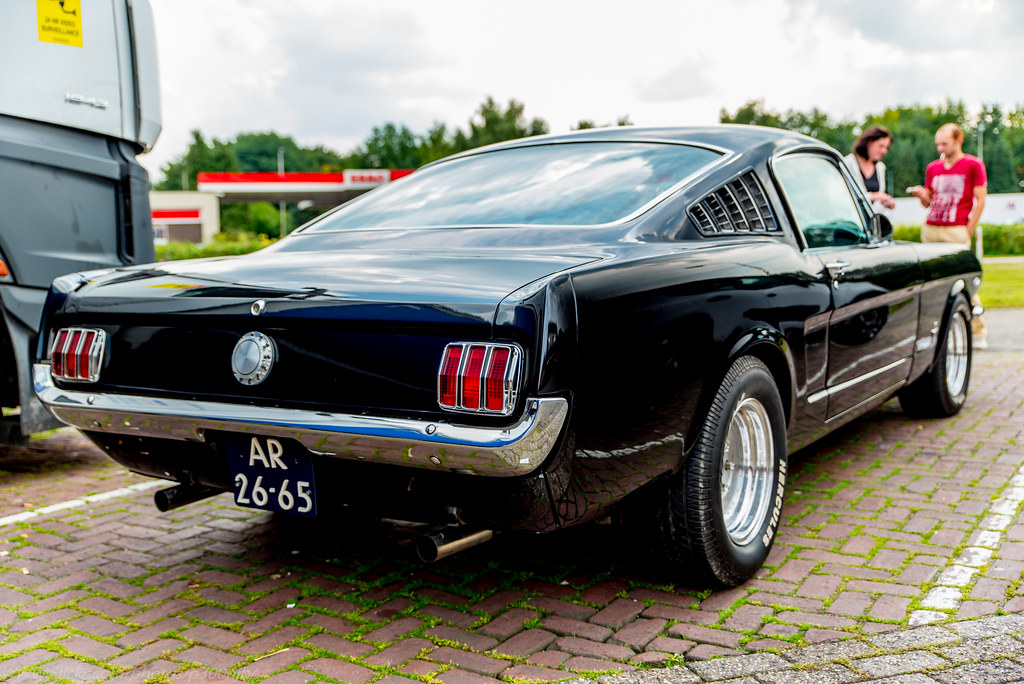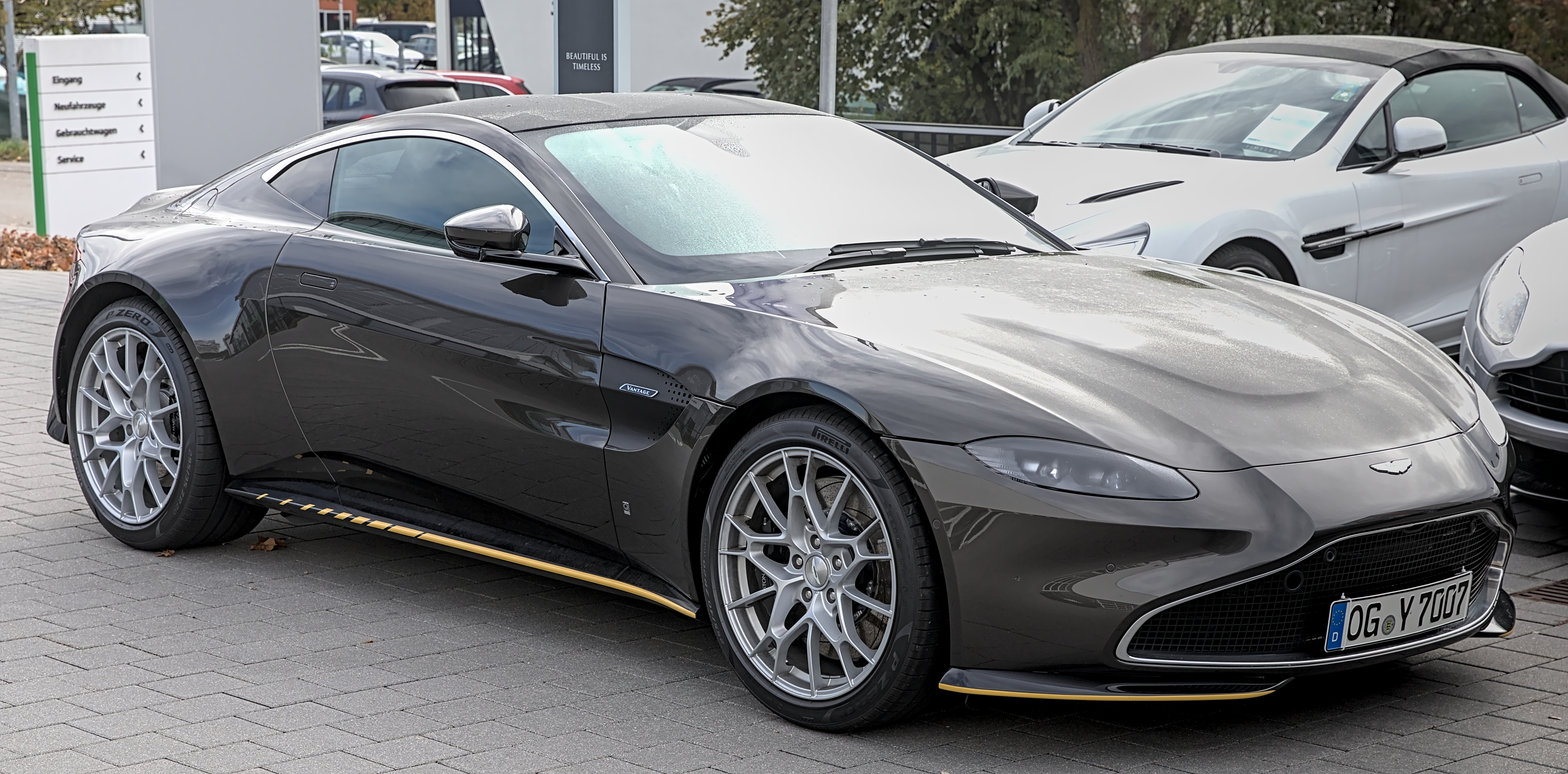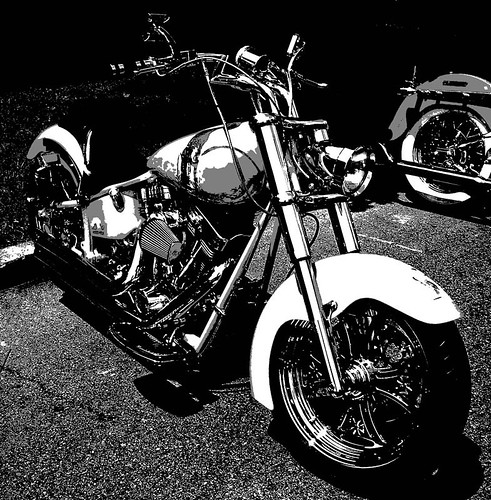When we dive into the world of classic American muscle, it’s impossible not to marvel at the sheer power and majesty of V8 engines predating the 1973 oil crisis. The Chrysler New Yorker of the early 1970s, with its 440 cubic inch (7.2L) naturally aspirated V8, boasted upwards of 390 horsepower and 490 lb-ft of torque. A sibling engine, the 413 cubic inch (6.8L) V8, matched the horsepower while cranking out an even more staggering 530 lb-ft of torque. These figures are not just impressive by historical standards; they stand tall even when juxtaposed with the cutting-edge technology of 2024.
The Enduring Power of American V8 Engines
Let’s put that into perspective: the modern Cadillac Escalade’s 6.2L V8 churns out 420 horsepower and 460 lb-ft of torque. Ford’s colossal 7.3L V8, found in the Super Duty, slightly edges out with 430 horsepower and 485 lb-ft. Fifty years of technological advancements, and yet, the titans of the past remain largely unchallenged.
Even when comparing these behemoths to the turbocharged engines of today, such as the Infiniti QX80’s 3.5L twin-turbo V6 that produces 450 horsepower and 516 lb-ft of torque, the old-school V8s still hold their ground. It’s particularly noteworthy that the 413 cubic inch V8 surpasses modern standards in torque, a critical component of what many car enthusiasts consider the ‘soul’ of an engine.

The Engineering and Characteristics of American V8s
What’s the secret behind the enduring prowess of these American V8 engines? It’s not as straightforward as one might think. The discussion often leads to the comparison of American engines favoring low-end torque over high-end horsepower, a characteristic tied to the pushrod engine design. This design choice, while limiting horsepower per liter compared to overhead cam engines, brings a suite of advantages including lower production costs and increased reliability.
Comparing the LS3 engine from a 2008 Corvette to the S65 from a 2008 BMW M3 reveals the heart of this engineering philosophy. Both engines, designed for performance vehicles and producing similar power outputs, encapsulate the divergent approaches to achieving muscle. The LS3, with its pushrod design, reaches peak power at lower RPMs due to limitations inherent in its valvetrain, holding it back from achieving the high RPM efficiency that the overhead cam S65 achieves. This architectural difference paints a clear picture of why American V8s, for all their size, don’t push the limits of horsepower per liter as their European counterparts might.
Pushrod engines typically have fewer valves per cylinder, restricting airflow at high RPMs, and generally sport lower compression ratios, limiting their potential power output. Meanwhile, the lack of variable valve timing in many American pushrod engines caps their ability to optimize performance across the rev range.

It wasn’t all about the engines. The pre-1973 era, often romanticized for its unrestrained horsepower and styling, was also a time of lesser restrictions, allowing for a focus on power over efficiency. The Malaise Era that followed, characterized by stricter emissions and fuel efficiency regulations, marked a significant shift in priorities for American automakers. It’s a testament to the engineering of the time that these vehicles still captivate the imagination, marrying raw power with the aesthetic of freedom, a combination that modern vehicles often struggle to replicate.
Despite the technological advancements that have reshaped the automotive landscape, the discussion often circles back to preference. Some may argue for the efficiency and high-end power of modern engines, but there’s an undeniable allure to the simplicity and brute force of the American V8s of the past. They embody a period of automotive history where power and presence were paramount, a chapter that, while closed, continues to influence the pulse of car culture today.
As we look back on these engineering marvels, it’s clear that while the automotive world has evolved, the legacy of pre-1973 American V8 engines endures. They remind us that sometimes, there’s no substitute for displacement, and that the heart of a muscle car, much like the soul of the automotive industry, is measured in more than just horsepower and torque figures. It’s a legacy of innovation, passion, and a relentless pursuit of power that continues to inspire generations of engineers and enthusiasts alike.
Related posts:
Malaise era
5 Forgotten V8 Engines From the Golden Age of Muscle Cars





